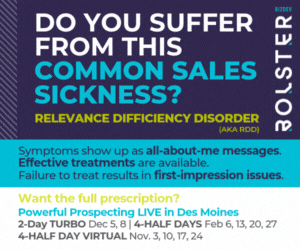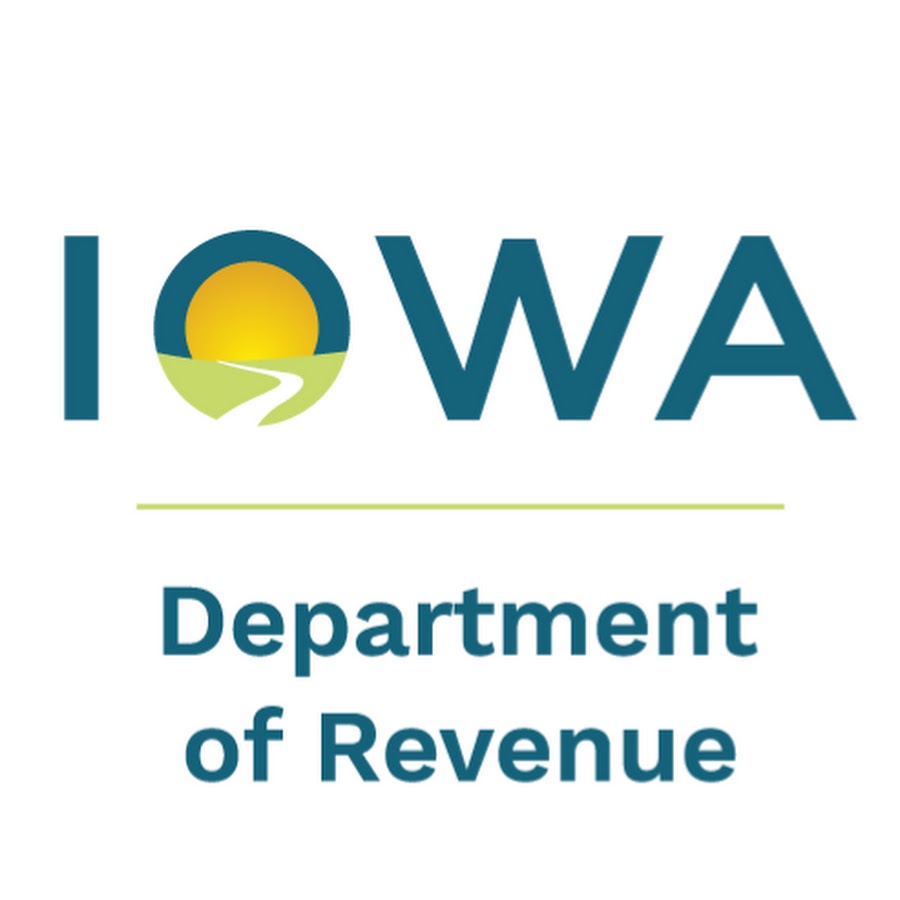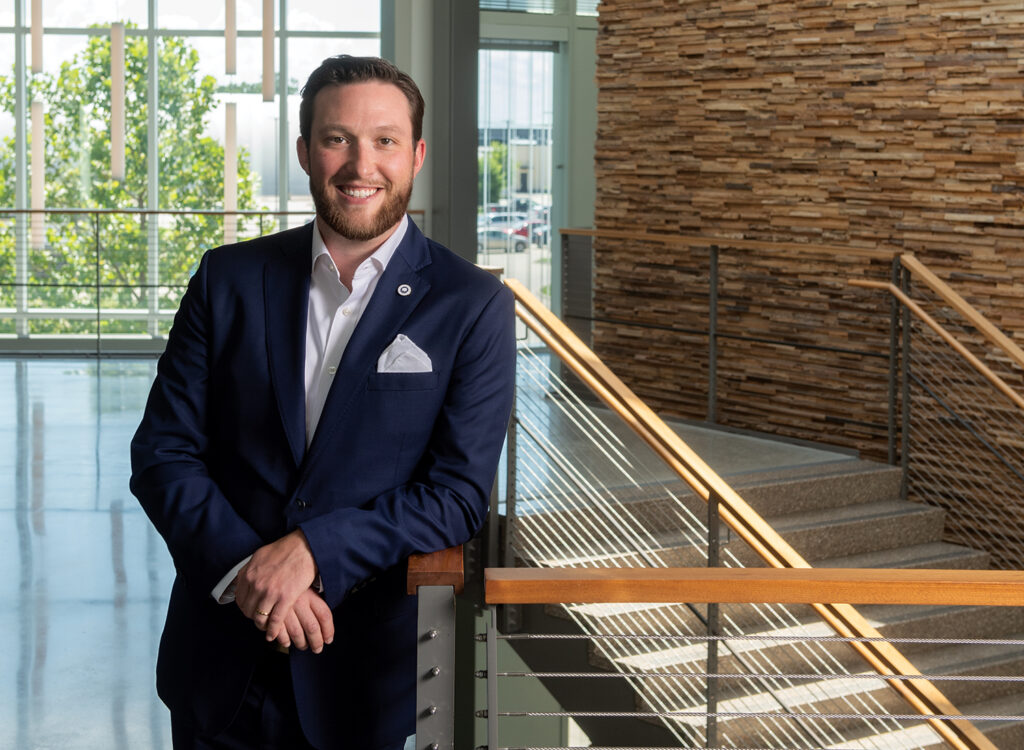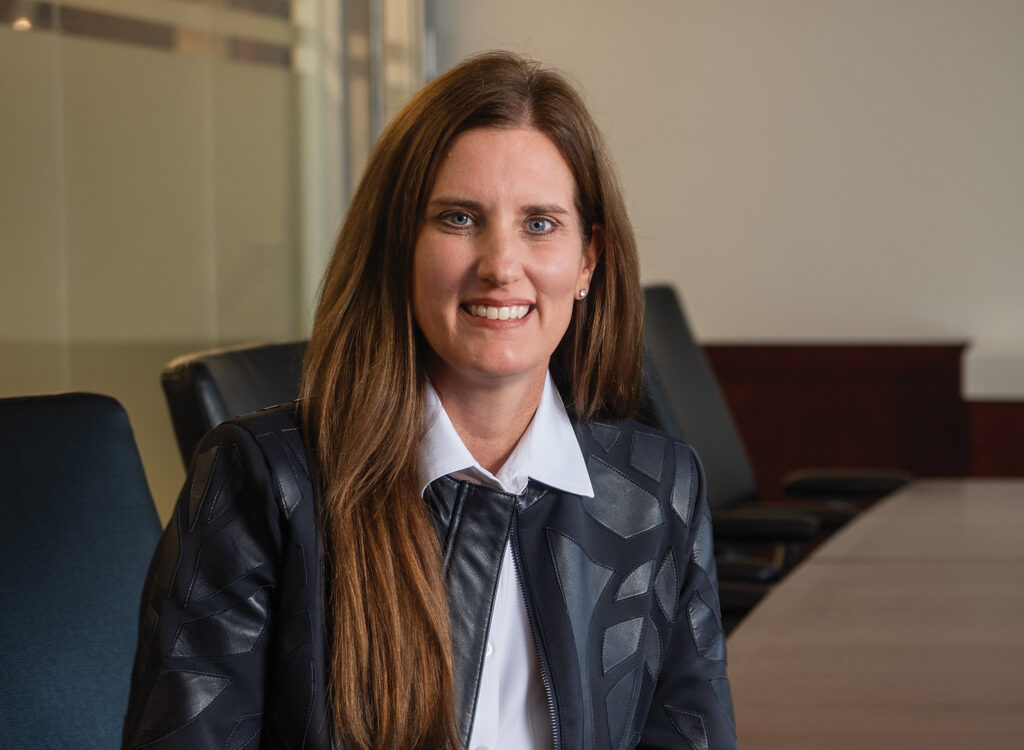Big ideas: The next chapter
Capital Crossroads 2.0 takes off

PERRY BEEMAN Jul 1, 2016 | 11:00 am
<1 min read time
0 wordsBusiness Record Insider, Economic DevelopmentCapital Crossroads 2.0, the latest five-year vision plan for Des Moines and other communities within a 50-mile radius, recently launched. The effort will feature more surveys and interviews, with a streamlined process that will be done by the end of the year. The leadership is more diverse, with careful attention to making sure voices from a wide area, and from many age brackets, are heard. We asked the tri-chairs of the effort — Greater Des Moines Partnership CEO Jay Byers, Polk County Supervisor Angela Connolly and Kristi Knous, president of the Community Foundation of Greater Des Moines — what will be different this time around. Capital Crossroads director Bethany Wilcoxon also sat in.
Has there been any change in the structure of the committee?
Knous: We still have the capitals. We still have the five-member executive committee that comes together to set up the procedures with (consultant) Market Street (Services). But my observation of the difference in the steering committee is that we have really tried to bring some of that up-and-coming talent to the table to be inclusive and to really seek diverse experiences and insights in a way that was more deliberate than before.
We were looking for the biggest names in town last time to bring the recognition and buy-in. This time we’ve broadened the committee. We are trying to make sure that all voices are heard at that steering committee level. That is one thing I think is a little different and, I think, better.
It’s not all business. It’s not all economic development. We’ve got the arts. We’ve got human services. We’ve got education. We’ve got innovation. It might be a 65- to 70-person committee if needed to get that diversity.
Byers: We have made sure we have representation from that entire 50-mile radius, too.
Is there anything different about what your consultant, Market Street, is doing?
Wilcoxon: It’s a much more streamlined process than it was the last time, just in the recognition that we are building on so many efforts. Not only Capital Crossroads, but Tomorrow Plan. Dart Forward. The Opportunity Plan, the refugee plan. Housing Tomorrow. The list goes on. They are still doing quantitative and qualitative research, but we should be able to get there in a much more streamlined fashion.
Connolly: A lot of the groundwork has already been laid with those other plans. We just need to figure out how to piece them all together.
What is your goal for completion of this round?
Wilcoxon: November.
How do you streamline?
Connolly: Everything has tied together through all these plans. We have the medical community behind us now because of Capital Crossroads on wellness, which ties into housing because of the Tomorrow Plan. All of these plans really do tie together well, but it’s because we are all talking together about it. Otherwise, I don’t think any of this would have happened. People out in the community told us what they needed and wanted. That’s why all these plans are happening.
What are the top priority areas among all the capitals?
Byers: That’s really up to the steering committee moving forward. It’s also this opportunity for us as a region to dream big. What are the big projects that would be game changers? Perhaps the whitewater and river trail downtown. Perhaps the new terminal at the airport. Water Works Park plan. Lots of those types of projects that we can get the community to rally around. What are those big ideas that we can add to this plan as a way of synthesizing what is currently out there? And then adding the list of big ideas and prioritizing what we think we can get done in five years, or at least advancing them.
So this is more than just freshening up the plan for the next five years?
Knous: There is some freshening up that will happen, and that’s great because things change in 2½ years. I sense that there will be three or four or five of the big ideas that will get lifted up.
Connolly: I think as we continue on, there will be something else that might pop up that we haven’t even thought of yet that will be a big idea.
Knous: We will be seeking community input, too.
Connolly: In the previous surveys, they talked about how we don’t have mountains and we don’t have oceans, but there are things we do have. They wanted us to improve our trails and our bicycle lanes, which we have. We have walkability now because of what we started in Capital Crossroads. There are many things we started because of the surveys. I really believe because of all this work, we are going to elevate a couple more big ideas.
Byers: I think you’ll see a lot of discussion on transportation. That has come up lot in the last five years. The intensity of that issue is a lot higher than it was five years ago.
Does the fact that you have this many studies going on at the same time make it less likely that any of them end up on the shelf?
Connolly: I do because it really brings in the regionalism. The Tomorrow Plan was through the (Des Moines Area) Metropolitan Planning Organization. We did street corridor studies, and now cities are adopting those. We should all be talking with one voice.
Will there be a Capital Crossroads 3.0?
Byers: It’s too early to tell.
Knous: But we’ll never stop planning.
Capital Chairpersons
Capital Core: Scott Sanders and Russ Cross
Physical Capital: Dave Caris and Michael Sadler
Natural Capital: Fred Hubbell and Bob Riley
Governance Capital: Bob Andeweg and Gretchen Tegeler
Business Capital: Kathryn Kunert, Mark Miller and Mike Crum
Cultivation Corridor: John May
Human Capital: David Wilkerson and Chris Littlefield
Social Capital: Phil Hodgin and Angie Dethlefs-Trettin
Wellness Capital: Jami Haberl and Rick Kozin
Cultural Capital: Mary Cownie and Brian Laurenzo








